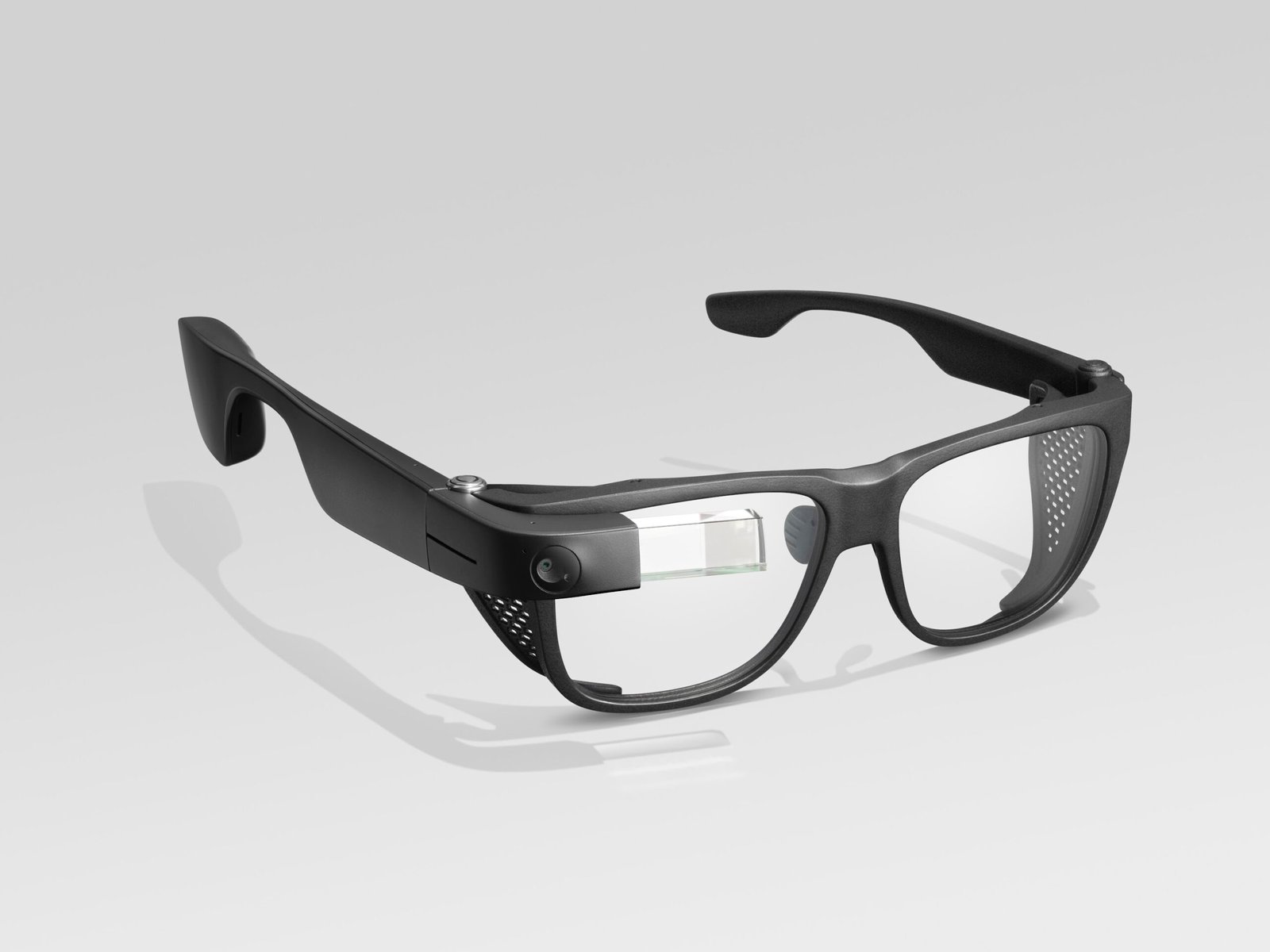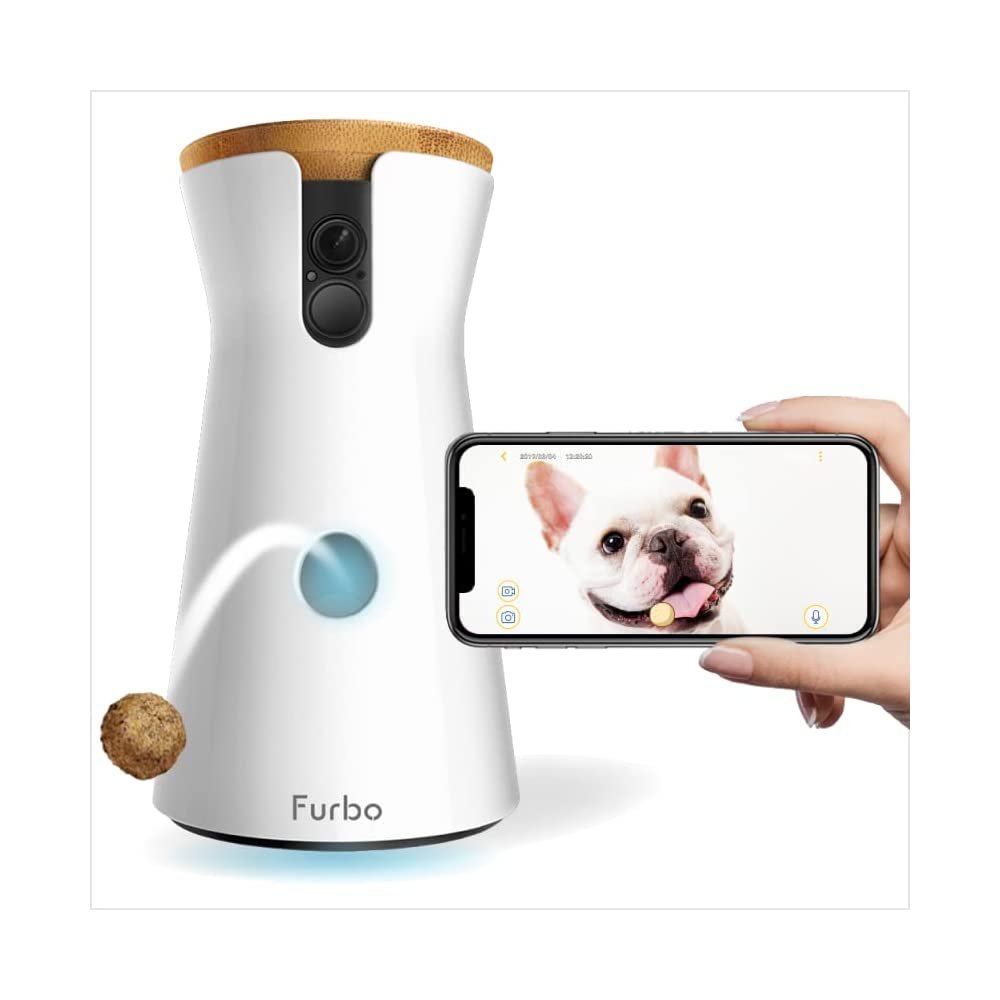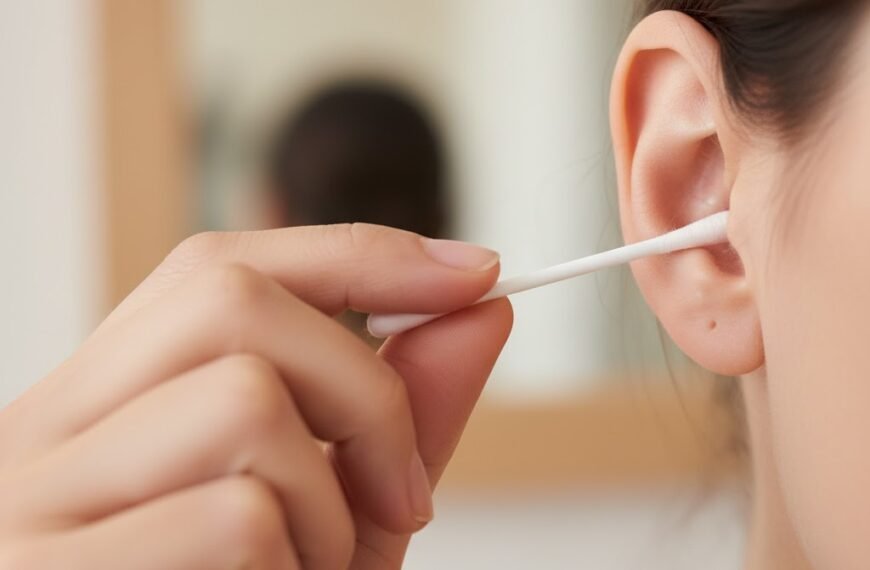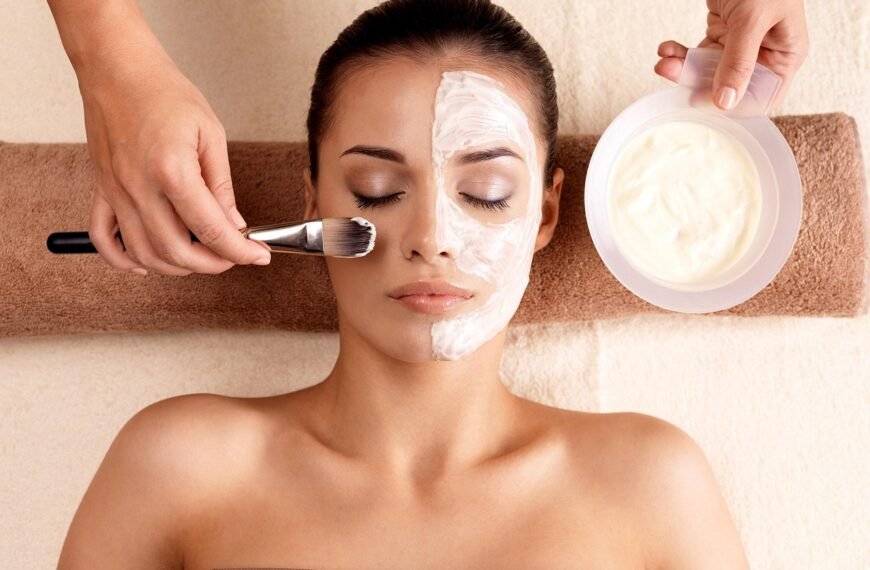Inflation affects daily life, influencing the cost of essentials, borrowing rates, wages, and pensions. To measure inflation accurately, statisticians track the prices of everyday items, creating a basket of goods and services that reflects consumer spending. This year, yoga mats and virtual reality (VR) headsets have been added to the list, showing how modern lifestyles and technology impact the economy.
The Office for National Statistics (ONS) updates this basket annually to represent shifting consumer habits. Currently, 752 items are monitored across multiple retailers to calculate inflation. The latest data shows a 3% rise in prices, an important indicator that helps determine interest rates and benefit adjustments.
Changes in the basket reveal how preferences evolve. Decades ago, wild rabbit and loose tea leaves were common, but now, items like VR headsets highlight the increasing demand for technology. The ONS predicts spending on VR headsets will rise from £347 million last year to £520 million by 2029. Similarly, yoga mats have gained popularity since the pandemic, becoming a staple for home workouts.
Other additions include men’s sliders, mangoes, and cushions, while some items have been removed. Newspaper advertisements, once widely used, have declined as digital platforms take over. Last year, vinyl records made a comeback after 30 years, while air fryers were added. Meanwhile, hand sanitizers, once essential during the pandemic, have been removed from the list.
While these updates reflect changing trends, they also serve a vital purpose. The inflation basket is a key economic measure that helps policymakers, businesses, and individuals understand market shifts. It influences financial decisions, ensuring accurate adjustments for pensions, wages, and transportation costs. Keeping track of these changes offers insight into how consumer behavior shapes the economy.




















